Hasty: A Minnesota Ghost Town
The town of Hasty in central Minnesota began with the construction of a new Great Northern Railway line. Tracks were laid in 1881, adjacent to land owned by Warren Hasty. This line connected Minneapolis to Osseo, Monticello, and Clearwater.
Construction of a railroad depot for Hasty began in the fall of 1888 and opened with little fanfare in February 1889. From the outset, residents of nearby Silver Creek spearheaded an attempt to have the Hasty Depot renamed Silver Creek Station. Since Silver Creek was a larger town than Hasty, they thought the name change would be a helpful guide to riders and bring passengers to their businesses. The argument for the name change was noted, but the depot retained its original name.
The increase in business along the route meant that Hasty needed a few essential services for farmers who used the line to get their crops to Minneapolis, as well as passengers making their way through Hasty to points beyond. Warren Hasty started a blacksmith shop in March of 1889. A brickyard was also established that year by W.F. Shattuck. The brickyard thrived; three or four railcars of bricks left Hasty each day. Swan Ahl opened a general store in May near the blacksmith shop. Not to be outdone, Warren Hasty built his general store right next to the depot in August. However, Warren Hasty’s store was short-lived. He auctioned the contents and razed the store just before he moved to St. Cloud in 1890.


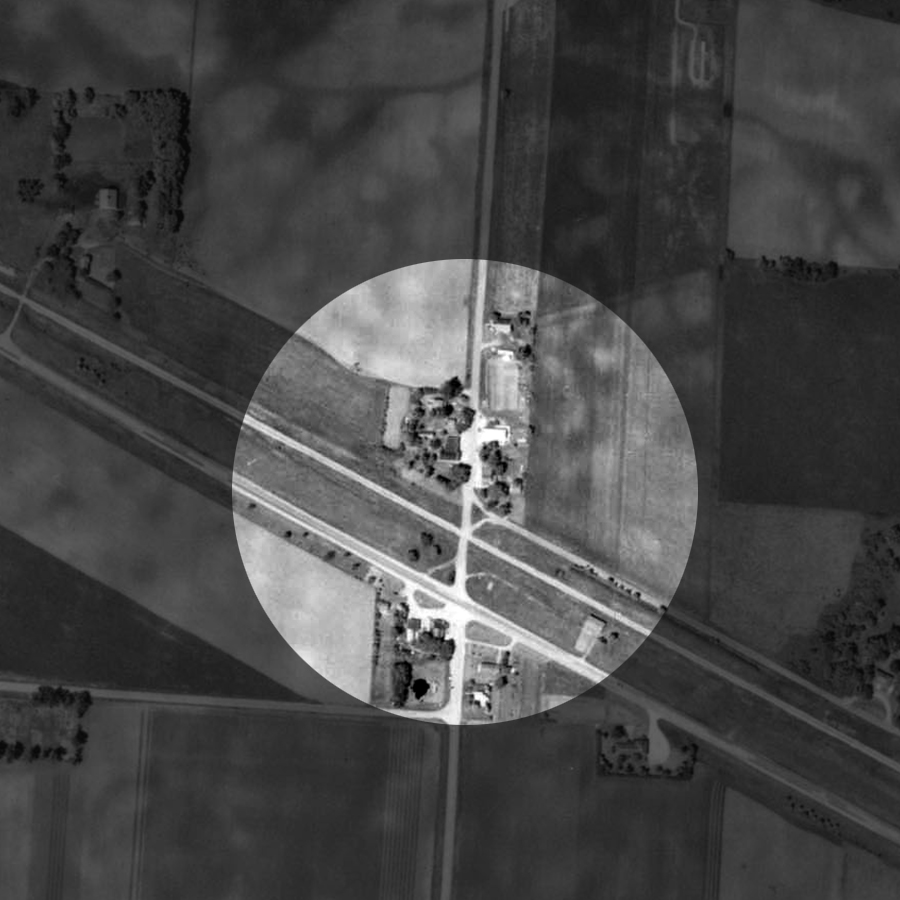
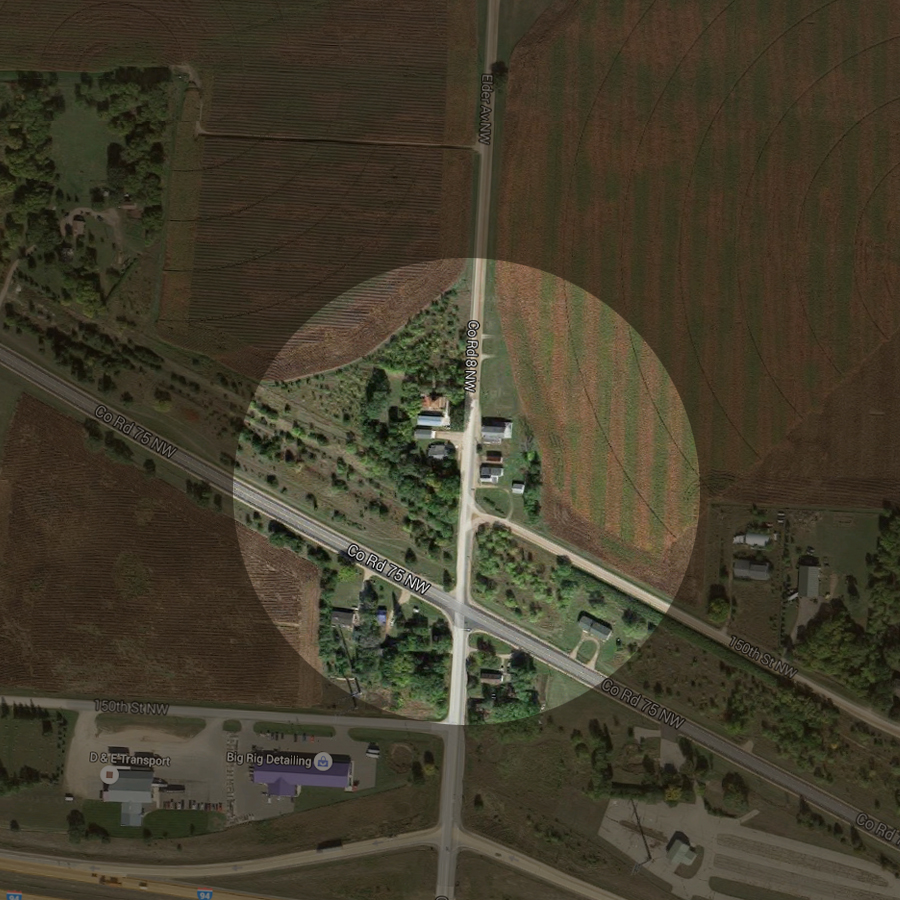
It wasn’t just goods that were needed in Hasty in 1889. The burgeoning town needed community services too. A postmaster was named and the post office operated out of the depot before moving to one of the general stores. A brick school house was also built that year and classes began in the fall of 1900. Miss Thomas taught the first three years in the new school.
In March of 1891, Swan Ahl took on John Kling as a business partner. Together, they opened a large, new general store that carried all sorts of merchandise—local produce and meat, dry goods, shoes, hardware, and more.
Another growth spurt happened between 1903 and 1907. The biggest news in 1903 was that the telephone line finally went through town. A bank also opened in a new, red brick building. John Kling built a creamery, and newcomer George McCrory added a hardware store. By 1906, Hasty boasted a new lumber yard, stockyard, another creamery, a cash store, and a community hall for entertainment. Hasty was well on its way to becoming a bonafide town when a fancy dining establishment opened in 1907. However, the growth of the community came to an abrupt end when a fire broke out on November 30, 1907. The blaze destroyed the lumber yard and several other buildings in town. Another fire struck in 1912 and devastated several more businesses.
It was around this time that Hasty began to gain a reputation for two things: cheese and potatoes. Hasty and the surrounding communities were consistently yielding bumper crops of high-quality potatoes. A new warehouse was built to store the potatoes before they could be shipped out by train. During the harvest, daily shipments of Hasty potatoes made their way to Minneapolis to be sent on to places as far away as Chicago. Then there was the Limburger Cheese Factory, which was famous throughout the state as the only maker of Limburger cheese in Minnesota. In 1929, new owners changed the name of the factory to the Modern Co-op Cheese Factory. As a wholesale business, the demand for the cheese allowed the owners to expand the building in the 1930s. More than 33,000 pounds of cheese was made each month.
Modern Co-op operated the factory until 1953 when more stringent regulations required the wooden vats to be replaced with stainless steel. The old-world recipe couldn’t be successfully adapted to the new process, so the owners sold the business to John and Ella Frehner. The Frehners decided not to pursue the cheese-making side of the enterprise but instead opened a retail cheese shop. The newly renamed Hasty Cheese Shop sold a variety of cheese, sausage, locally-made honey and maple syrup, ice cream, and ice-cold pop to travelers along Highway 152 until 1975.
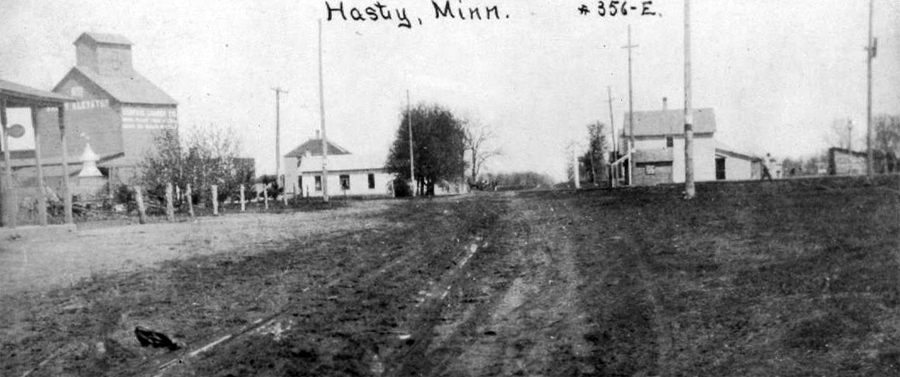
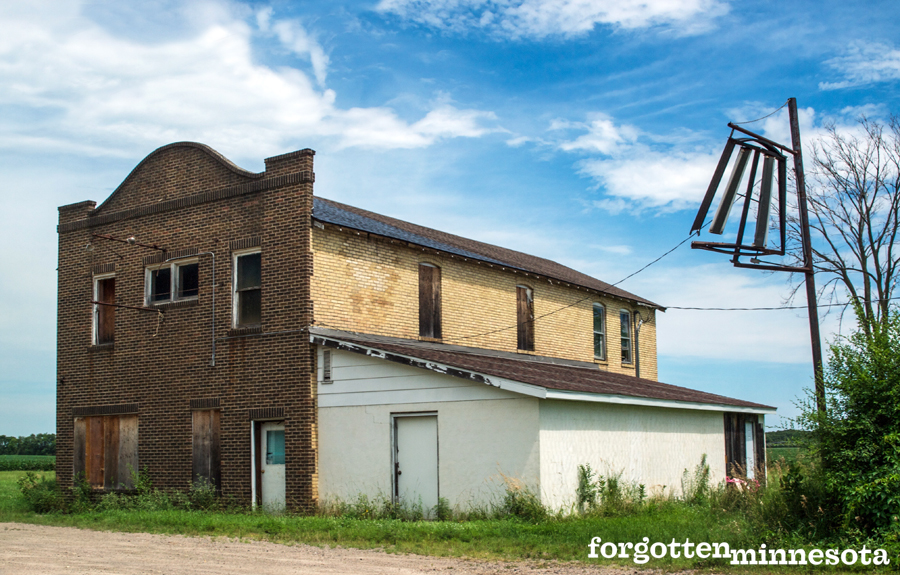
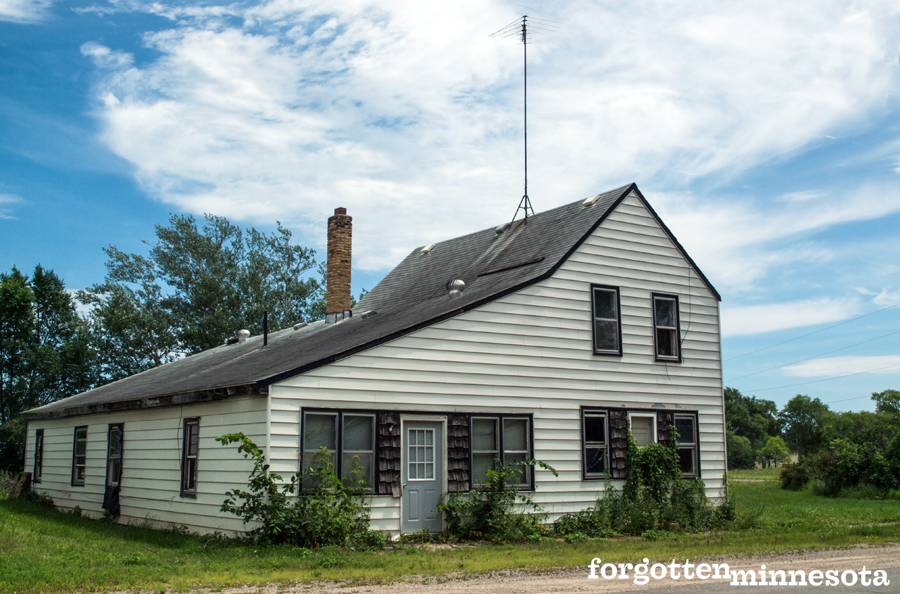
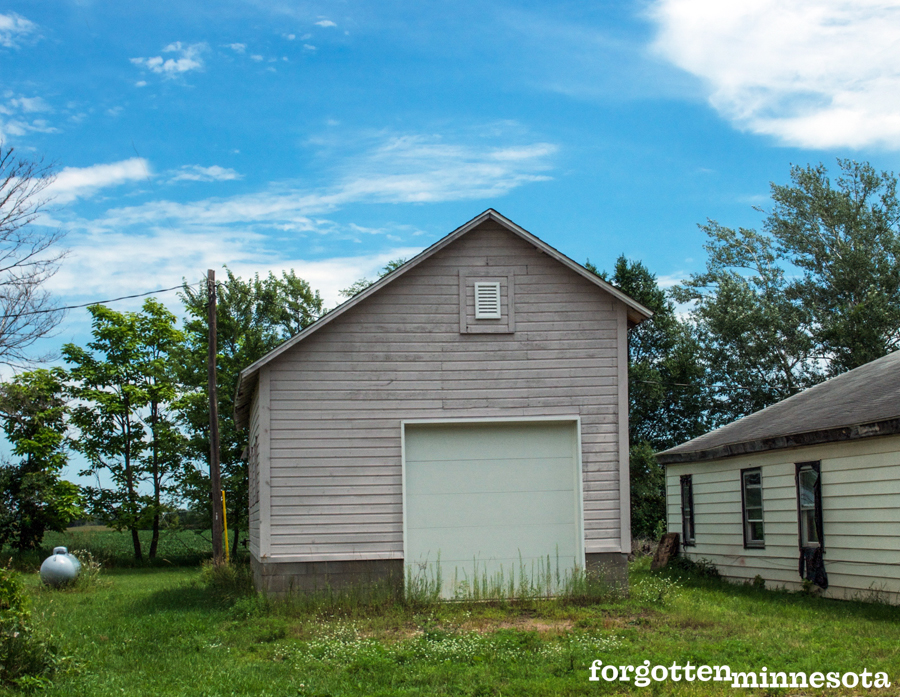
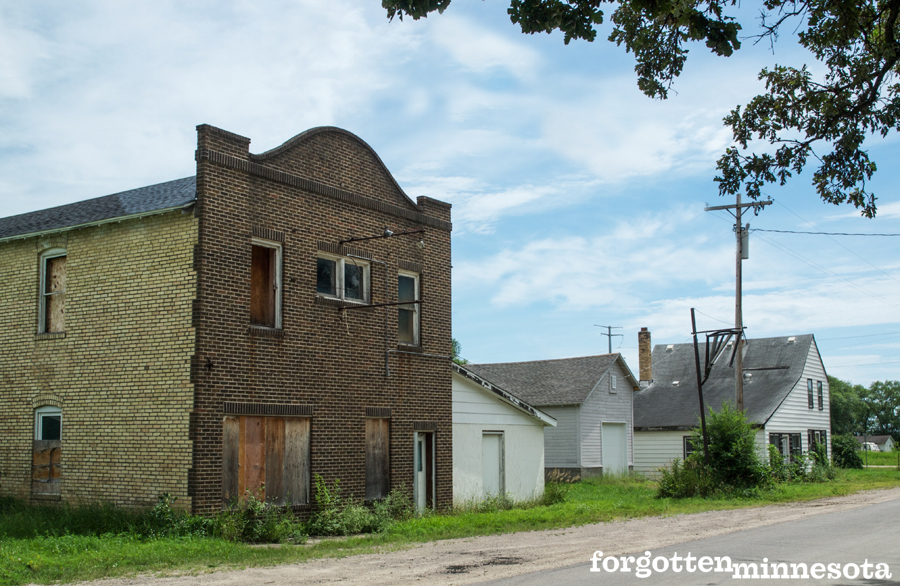
Eventually, the bank became a tavern, and then the tavern became the Try-Me-Inn. In 1953, new owners Harry and Eveleth Stolp, purchased the inn and renamed it the Hasty Inn. Harry and Eveleth added running water to the building and modernized the bar. When that was done, they transformed the upper level into a dance hall. Once again, the inn became more of a tavern than a place to rest your head—and that brought a younger crowd to Hasty. It wasn’t uncommon to see people from St. Cloud or the Twin Cities at the Hasty Inn on nights when up-and-coming country and western bands played.
In 1953, the original train depot was torn down. It had been retired from service two years prior to its demolition. One resident told the local newspaper that “the town looks a little bare without it.” Frank Personius of Limestone Lake carried out the demolition and planned to reuse the lumber to build a new lakeshore home for himself.
After the depot had been razed, only a handful of structures remained in the commercial area of Hasty. Today, there are only three. One is the red brick bank building that later became the Hasty Inn. A few years ago, the sign identifying the building was still in place but it has since been removed.
Another building was once the home to the hardware and farm implement store. In between the two, there is a garage that was once the gas and service station. All of the buildings are now unoccupied.
Once the depot was gone, a long-time resident remarked: “It’s hard to believe that such a thriving community only a few years ago has grown so small so fast.” It’s a sentiment that rings true for many of the once-prosperous towns of Minnesota’s past.
